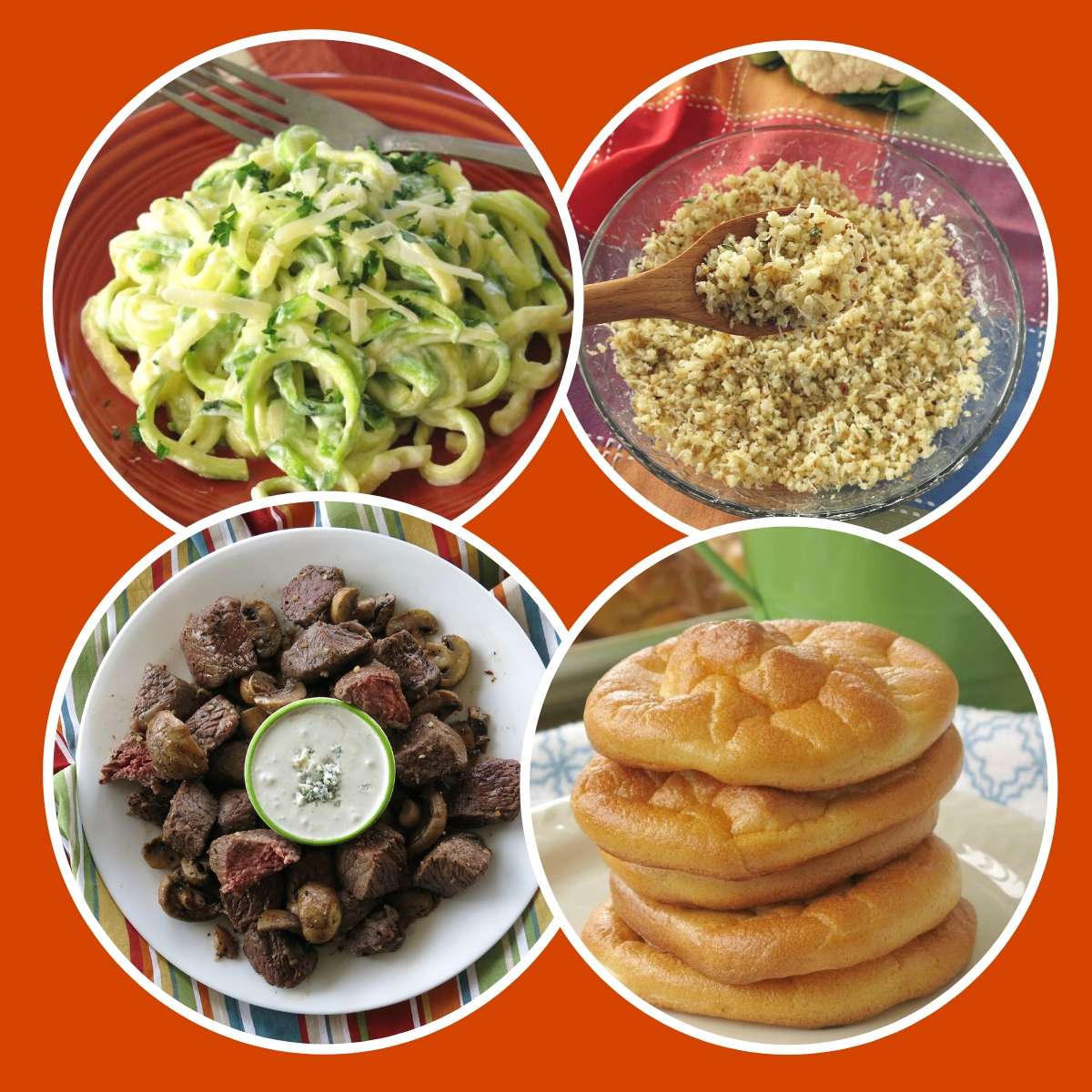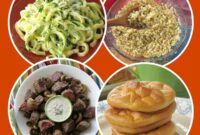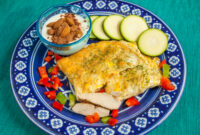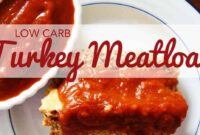South Beach Diet Phase 1 salad dressing offers a delicious and healthy way to enjoy your salads while adhering to the diet’s initial restrictions. This guide explores the permitted ingredients, provides simple yet flavorful recipe ideas, and clarifies the nutritional benefits of creating your own dressings rather than relying on commercially available options. Understanding the nuances of Phase 1 is crucial for success, and crafting your own dressings is a key component of maintaining a balanced and satisfying meal plan.
Phase 1 of the South Beach Diet emphasizes low-carbohydrate consumption, focusing on healthy fats and lean proteins to manage blood sugar levels and promote weight loss. This initial phase sets the stage for long-term dietary habits, and carefully selecting dressings is vital to achieving its goals. The recipes and information presented here will help you create dressings that are both flavorful and compliant with the diet’s guidelines.
South Beach Diet Phase 1
The South Beach Diet Phase 1 is a highly restrictive, short-term phase designed to jumpstart weight loss and improve metabolic health. It focuses on eliminating high-glycemic carbohydrates and unhealthy fats to stabilize blood sugar levels and reduce inflammation. This initial phase is crucial for establishing healthy eating habits and experiencing early weight loss success, motivating continued adherence to the diet’s principles.
Core Principles of South Beach Diet Phase 1
Phase 1 of the South Beach Diet emphasizes the consumption of lean proteins, healthy fats, and non-starchy vegetables. The primary goal is to minimize the intake of simple carbohydrates and refined sugars, which can lead to blood sugar spikes and subsequent crashes. This controlled approach aims to curb cravings, regulate insulin levels, and promote a feeling of satiety, ultimately supporting weight management. The diet prioritizes nutrient-dense foods, providing the body with essential vitamins and minerals while restricting those considered less beneficial for immediate weight loss and overall health.
Allowed and Prohibited Food Groups in Phase 1
The South Beach Diet Phase 1 sharply differentiates between permissible and restricted food groups. Understanding these distinctions is vital for successful adherence.
Foods permitted in Phase 1 include:
- Lean proteins: Chicken breast, fish (salmon, tuna, etc.), lean beef, turkey, eggs.
- Healthy fats: Olive oil, avocados, nuts (in moderation), seeds.
- Non-starchy vegetables: Leafy greens (spinach, kale), broccoli, cauliflower, peppers, asparagus, mushrooms.
- Limited amounts of whole grains:
Foods prohibited in Phase 1 include:
- Sugary drinks: Soda, juice, sweetened beverages.
- Sugary foods: Candy, pastries, desserts.
- High-glycemic fruits: Bananas, grapes, mangoes (these are reintroduced later).
- Processed foods: Packaged snacks, fast food.
- White bread, pasta, and rice.
- Most baked goods.
Rationale Behind Dietary Restrictions in Phase 1
The restrictions in Phase 1 are designed to address several key metabolic factors that contribute to weight gain and poor health. By eliminating refined carbohydrates and added sugars, the diet aims to stabilize blood sugar levels, reducing insulin resistance. This, in turn, helps prevent fat storage and promotes the burning of existing fat reserves. The focus on lean protein and healthy fats ensures the body receives adequate nutrients while minimizing calorie intake. Furthermore, the inclusion of non-starchy vegetables provides fiber, promoting satiety and digestive health.
Sample Meal Plan for South Beach Diet Phase 1
This is a sample meal plan; portion sizes should be adjusted based on individual caloric needs and activity levels.
Breakfast: Scrambled eggs with spinach and a small avocado.
Lunch: Grilled chicken salad with mixed greens, bell peppers, and olive oil dressing.
Dinner: Baked salmon with roasted broccoli and a small portion of quinoa.
Snacks (optional): A handful of almonds, celery sticks with hummus.
Salad Dressings in South Beach Diet Phase 1
Creating delicious and compliant salad dressings is crucial for adhering to the South Beach Diet’s Phase 1 restrictions. This phase emphasizes healthy fats and limits carbohydrates, requiring careful ingredient selection for dressings. The goal is to create flavorful dressings that enhance your meals without derailing your dietary progress.
Allowed Ingredients for Phase 1 Salad Dressings
Phase 1 of the South Beach Diet prioritizes low-carbohydrate, healthy fat sources for optimal weight management and metabolic health. The following ingredients are well-suited for creating flavorful and compliant salad dressings.
Acceptable options primarily focus on healthy fats and low-carbohydrate flavor enhancers. These include various oils, vinegars, and acidic juices that provide both flavor and beneficial nutrients. Remember to use these ingredients in moderation, as even healthy fats contribute to overall calorie intake.
| Ingredient | Calories (per tbsp) | Fat (g per tbsp) | Carbohydrates (g per tbsp) | Protein (g per tbsp) |
|---|---|---|---|---|
| Olive Oil | 120 | 14 | 0 | 0 |
| Avocado Oil | 120 | 14 | 0 | 0 |
| Lemon Juice | 3 | 0 | 1 | 0 |
| Red Wine Vinegar | 3 | 0 | 1 | 0 |
Benefits of Different Oils and Vinegars
The selection of oils and vinegars significantly impacts the flavor and nutritional profile of your salad dressing. Different oils offer distinct flavor profiles and potential health benefits. Vinegars, meanwhile, provide acidity and a tangy counterpoint to the richness of the oils.
Olive oil, a cornerstone of the Mediterranean diet, is rich in monounsaturated fats, associated with heart health benefits. Avocado oil boasts a high smoke point, making it suitable for cooking and adding a creamy texture to dressings. The use of lemon juice or red wine vinegar adds a vibrant acidity that cuts through the richness of the oils, enhancing the overall taste and providing a refreshing contrast.
Beyond the nutritional benefits, the variety of oils and vinegars allows for culinary creativity. Experimenting with different combinations can lead to the discovery of personalized favorites that align with the South Beach Diet’s principles and your own palate preferences.
Nutritional Impact of South Beach Diet Phase 1 Salad Dressings
Understanding the nutritional differences between homemade Phase 1 compliant salad dressings and commercially available options is crucial for maximizing the health benefits of the South Beach Diet. Homemade dressings allow for greater control over ingredients, leading to a healthier and more flavorful outcome compared to many store-bought alternatives often laden with added sugars, unhealthy fats, and preservatives.
Comparison of Nutritional Content
The following table compares the nutritional profile of a typical Phase 1 compliant salad dressing (e.g., a vinaigrette made with olive oil, lemon juice, and herbs) to a commercially available creamy ranch dressing. Note that specific values will vary depending on the exact recipe and brand.
| Nutrient | Phase 1 Dressing (Example) | Commercial Ranch Dressing (Example) | Notes |
|---|---|---|---|
| Calories per serving (2 tbsp) | ~100 | ~150-200 | Significant calorie difference due to added fats and sugars in commercial dressings. |
| Fat (grams) | ~10 (mostly monounsaturated) | ~15-20 (often saturated and trans fats) | Phase 1 dressing emphasizes healthy fats, while commercial dressings often contain less healthy fat sources. |
| Sugar (grams) | ~0-2 (naturally occurring) | ~5-10 (added sugars) | Commercial dressings frequently contain substantial amounts of added sugars. |
| Sodium (mg) | ~50-100 | ~150-250 | Sodium content can be controlled in homemade dressings, whereas commercial versions often have higher levels. |
Potential Health Benefits of Homemade Phase 1 Dressings
Using homemade Phase 1 salad dressings offers several potential health benefits. By controlling the ingredients, individuals can reduce their intake of added sugars, unhealthy fats, and excessive sodium, all of which contribute to various health problems such as weight gain, heart disease, and type 2 diabetes. The increased consumption of healthy fats like olive oil, found in many Phase 1 dressings, can contribute to improved cardiovascular health. Furthermore, the use of fresh herbs and spices adds flavor and potential antioxidant benefits. The ability to customize the dressing to personal preferences also encourages healthier eating habits and greater enjoyment of salads.
Potential Drawbacks of Certain Ingredients in Phase 1 Dressings
While Phase 1 dressings generally promote health, some ingredients warrant caution. Excessive use of olive oil, although healthy, is still high in calories and should be consumed in moderation. Some individuals may have allergies or sensitivities to specific herbs or spices commonly used in these dressings. Finally, while vinegar is a key component in many Phase 1 dressings, its acidity can be irritating to some individuals’ digestive systems if consumed in large quantities. Careful consideration of portion sizes and individual tolerances is crucial to avoid any negative effects.
Wrap-Up
Mastering the art of South Beach Diet Phase 1 salad dressing allows for culinary creativity while maintaining dietary adherence. By understanding the permitted ingredients and utilizing the provided recipe ideas, you can easily incorporate delicious and nutritious dressings into your daily meals. Remember, homemade dressings offer control over ingredients and portion sizes, leading to a healthier and more satisfying dietary experience. This approach fosters a positive relationship with food, making the diet more sustainable and enjoyable.




